The Large Animal Research Station, or LARS, situated in Fairbanks, Alaska, is a noteworthy research center dedicated to the study of large animals like musk ox and caribou.
Far from being a conventional tourist attraction, LARS offers a unique glimpse into the scientific efforts aimed at understanding how these animals adapt to the harsh Alaskan climate.
Our visit to LARS was enlightening, providing a closer look into the life and research surrounding these magnificent creatures. This article will detail our experiences at LARS, highlighting the importance of the research conducted there and what it teaches us about musk ox and caribou.
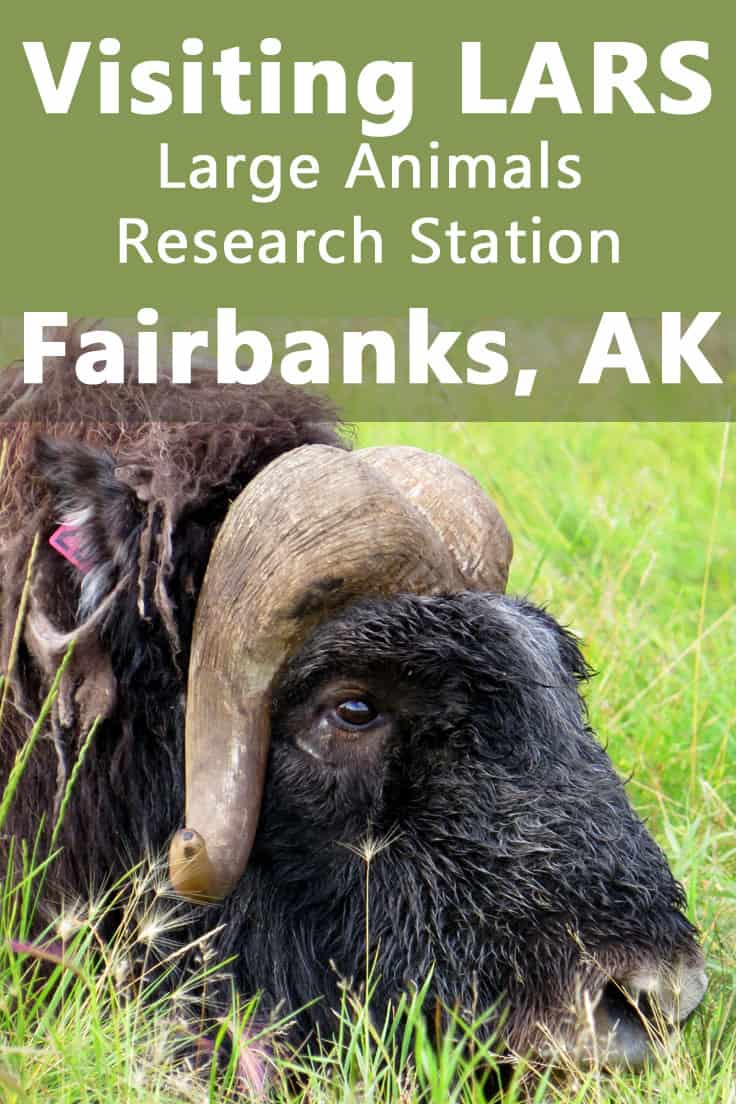
Exploring LARS: More Than Just a Research Station
In the university-centric town of Fairbanks, LARS emerges as a unique point of interest among other notable attractions like The Museum of The North and The Georgeson Botanical Garden.
Our passion for science and education draws us to destinations that offer a deeper understanding, particularly those associated with research institutions or universities.
This drive for knowledge had previously taken us to CERN in Switzerland, an experience we found profoundly enriching.
Unlike typical tourist spots featuring petting zoos, LARS operates as a genuine research facility focusing on agricultural studies.
The main challenge it addresses is the quest for sustainable large-animal farming methods suitable for the Alaskan winter, a season too harsh for conventional livestock.
By concentrating on native species such as caribou (reindeer) and musk ox, researchers at LARS aim to discover effective strategies for their care and management in extreme conditions.
This research project helps us learn more about these large animals and find new farming methods in cold environments.
Consider enhancing your Alaskan adventure with a Kenai Fjords National Park Cruise for breathtaking views of glaciers and wildlife.
Studying Musk Ox And Caribou At LARS
Alaska's harsh winters are home to resilient wildlife, including musk ox and caribou, well-suited to the extreme conditions.
At the Large Animal Research Station (LARS), the focus is on adapting these wild species for agricultural purposes, a task that involves domesticating them to a manageable level.
The challenge of domestication is significant, echoing the lengthy process humanity has undergone with other livestock. Musk oxen are of particular interest due to their qiviut, an undercoat that's not only incredibly soft but also highly sought after for its insulating qualities.
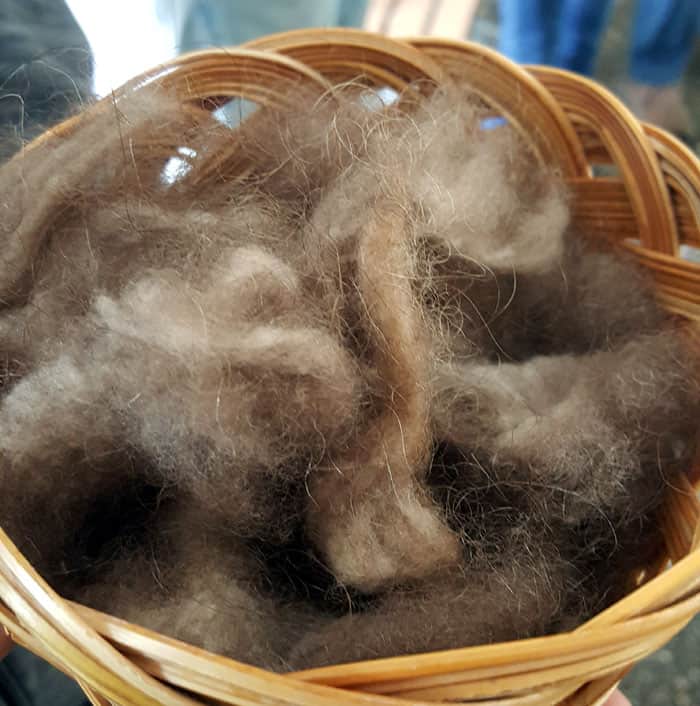
This wool's exceptional warmth and lightness make it a valuable resource, one that we got to appreciate firsthand during our visit through demonstrations and the opportunity to handle qiviut products at the LARS shop.
Such efforts to domesticate musk oxen for their qiviut underscore the unique focus of LARS's research. Our visit was part of a broader exploration of Fairbanks, chosen for its blend of educational enrichment and enjoyment.
Witnessing caribou and musk ox up close provided a rare insight into these northern species and the innovative research at LARS aimed at harnessing their potential for local agriculture.
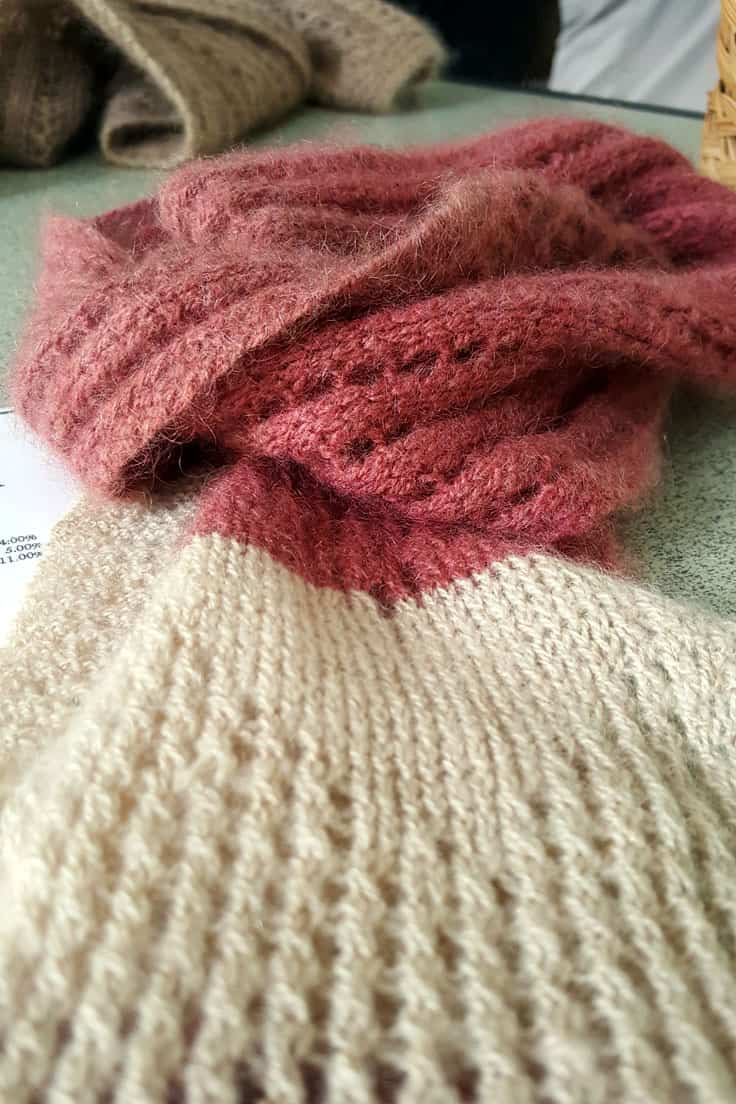
Touring LARS: A Unique Learning Experience
To explore the Large Animal Research Station (LARS) in Fairbanks, joining a guided tour is a must. We arrived early, as suggested, and purchased our tickets at a charming wooden building by the entrance.
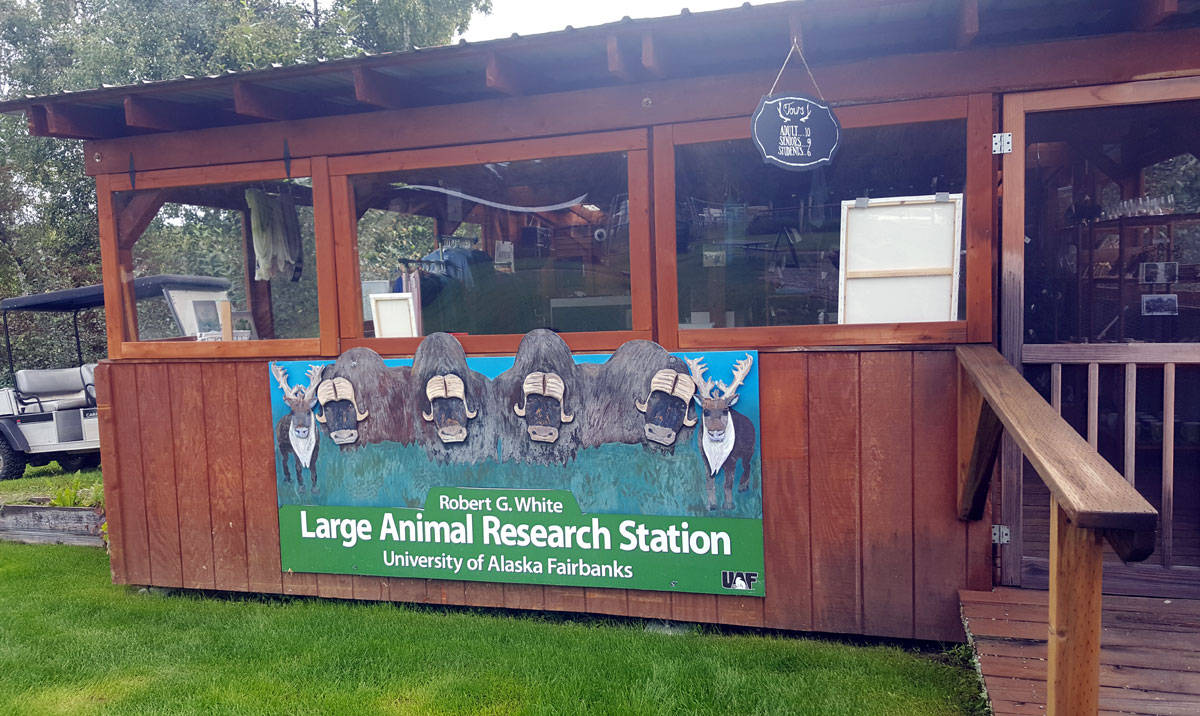
Our guide for the day, Matthew, a knowledgeable student from the local university, led us on this educational journey. The tour, lasting about an hour, started at the musk ox enclosure where Matthew attempted to coax the animals closer with their favorite foliage.
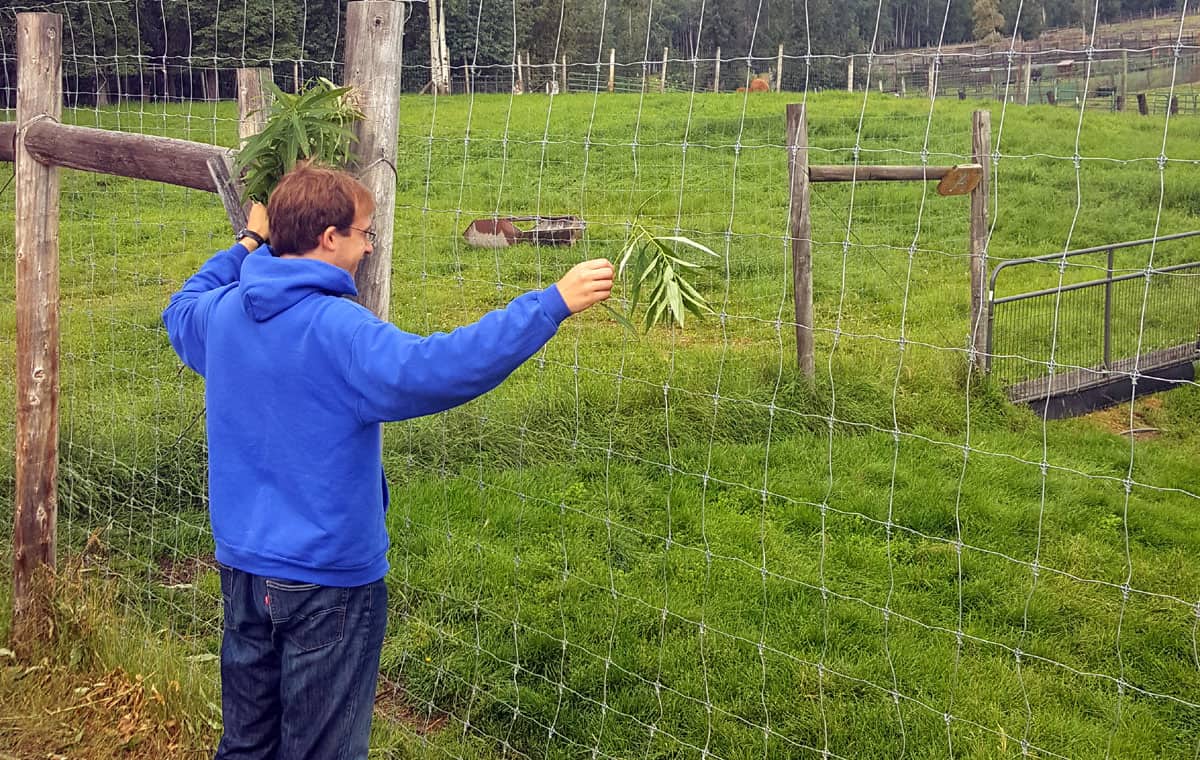
Musk oxen, it turns out, are notably stubborn. This temperament poses a challenge for researchers at LARS who aim to domesticate them. Contrary to their bovine moniker, musk oxen resemble large, temperamental sheep.
Their wool is highly coveted, but harvesting it from a 500-pound, irritable animal is no small task.
The goal at LARS is to assess whether captivity over several generations can lead to a more docile musk ox. The results have been mixed thus far.
After a patient wait, Matthew succeeded in luring a younger musk ox to the fence.
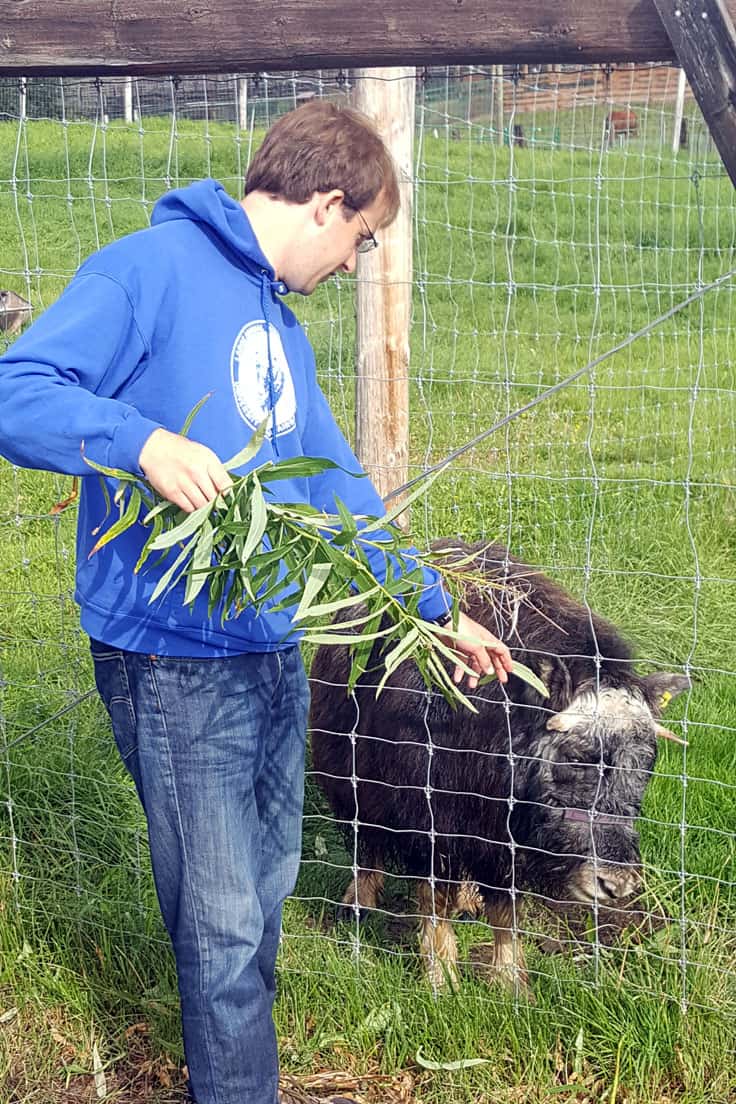
His continuous commentary throughout this process offered us deeper insights into musk oxen and the station's operations, making the wait worthwhile.
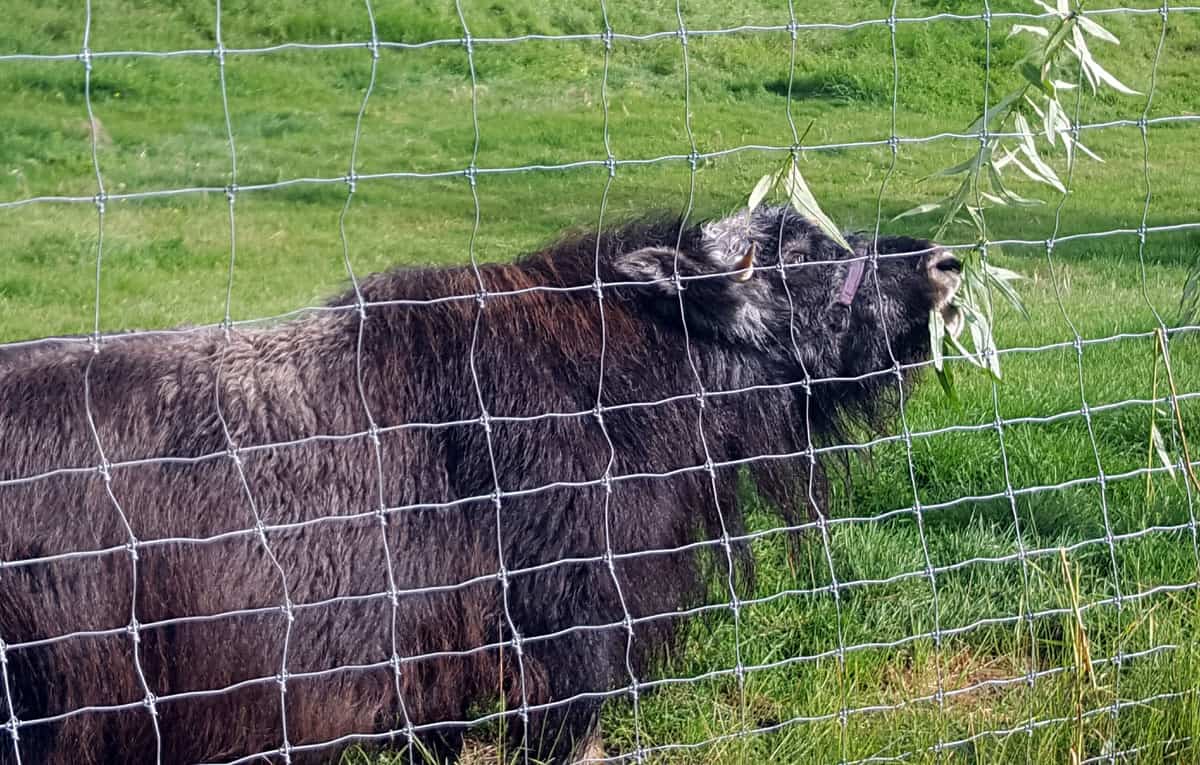
The tour was educational, with Matthew using various teaching aids like charts, photos, and even skulls to enrich our understanding.
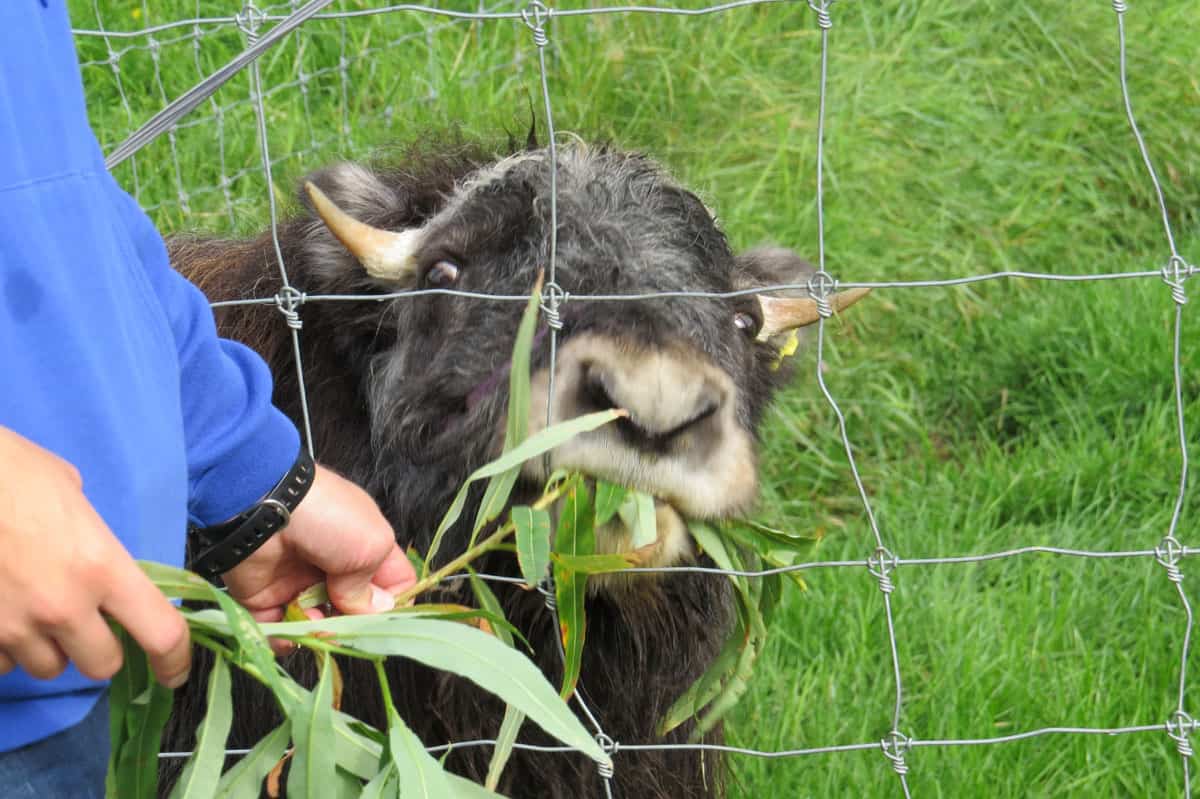
We then moved to a tent where he presented hides of caribou and musk ox, as well as samples of qiviut, providing us with a hands-on learning experience about these unique animals and the research being conducted at LARS.
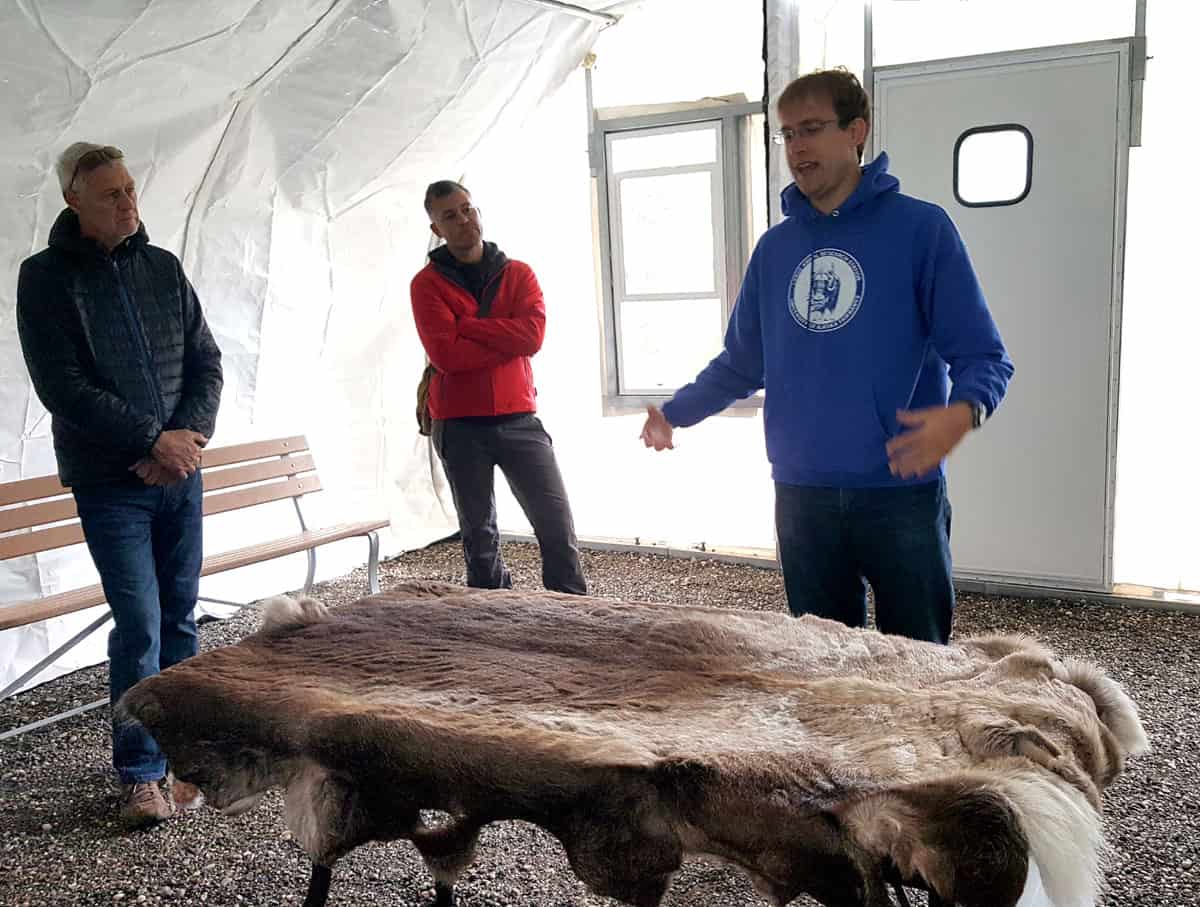
Expand your exploration to Denali National Park for a chance to witness the majestic beauty of North America's tallest peak.
So, did we enjoy our visit to LARS?
Yes, very much so. We learned a lot about musk ox and caribou, which are unique to this area of the world. We also got to see them on the farm, even if not too many of them. The caribou weren't near the fence either. But that was ok.
If you're considering a visit to LARS while in Fairbanks, keep in mind that this is no petting zoo. Or any zoo.
This is a research facility, and the guided tour is geared towards that. Young children will probably find it boring. Our teenage boys thought it was pretty interesting. We - the parents - thought it was fascinating.
If you appreciate a fascinating outdoor lecture, then this is a great way to spend an hour while visiting Fairbanks, Alaska.
Finally, the technical details
LARS is located about three miles away from the university campus and 7 miles away from Downtown Fairbanks. You need a car (or an uber) to get there but it's a short drive. There's plenty of parking too.
LARS offers regular guided tours during the summer months, beginning in late May and ending in early September. They offer daily guided tours beginning at 10 am, 12 pm, and 2 pm. Winter and Spring Tours are offered on Thursdays at Noon and Sundays at 1pm most weeks,
According to their website, you don't need to pre-register for the tours unless yours is a group of more than 10 people. You can arrive 10-15 minutes before the tour begins and get your tickets.
Plan your route along the Alaska Highway for a picturesque drive filled with stunning vistas and memorable stops.
Do You Have To Take A Guided Tour To Visit LARS?
Absolutely. While you might catch glimpses of the animals from the road, the heart of the experience lies in the guided tour.
It's where you'll truly immerse yourself in the world of musk oxen and caribou, gaining insights from your guide, and even getting the chance to interact with exhibits and touch the qiviut. During our visit, having Matthew as our guide made all the difference.
Moreover, without a guide, access to the facility's interior is restricted. We found that our group had the exclusive attention of Matthew, the sole LARS representative present during our tour.
This ensured a focused and personalized experience, although it meant that early arrivals for subsequent tours had to wait for ours to conclude before entering.
Check out their details for full details, including email and phone number
And you can buy qiviut!
They have the expensive qiviut yarn in the shop, and you can even order musk ox qiviut from the LARS website! You'll be getting top notch original musk ox yarn and help Large Animal Research Station with its work.
So, what do you think? Is this the kind of place you would incorporate into your visit to Fairbanks? Have you already visited LARS? Can you recommend other similar attractions elsewhere in the world?
Let me know in a comment and feel free to ask me anything you like about our own visit!
